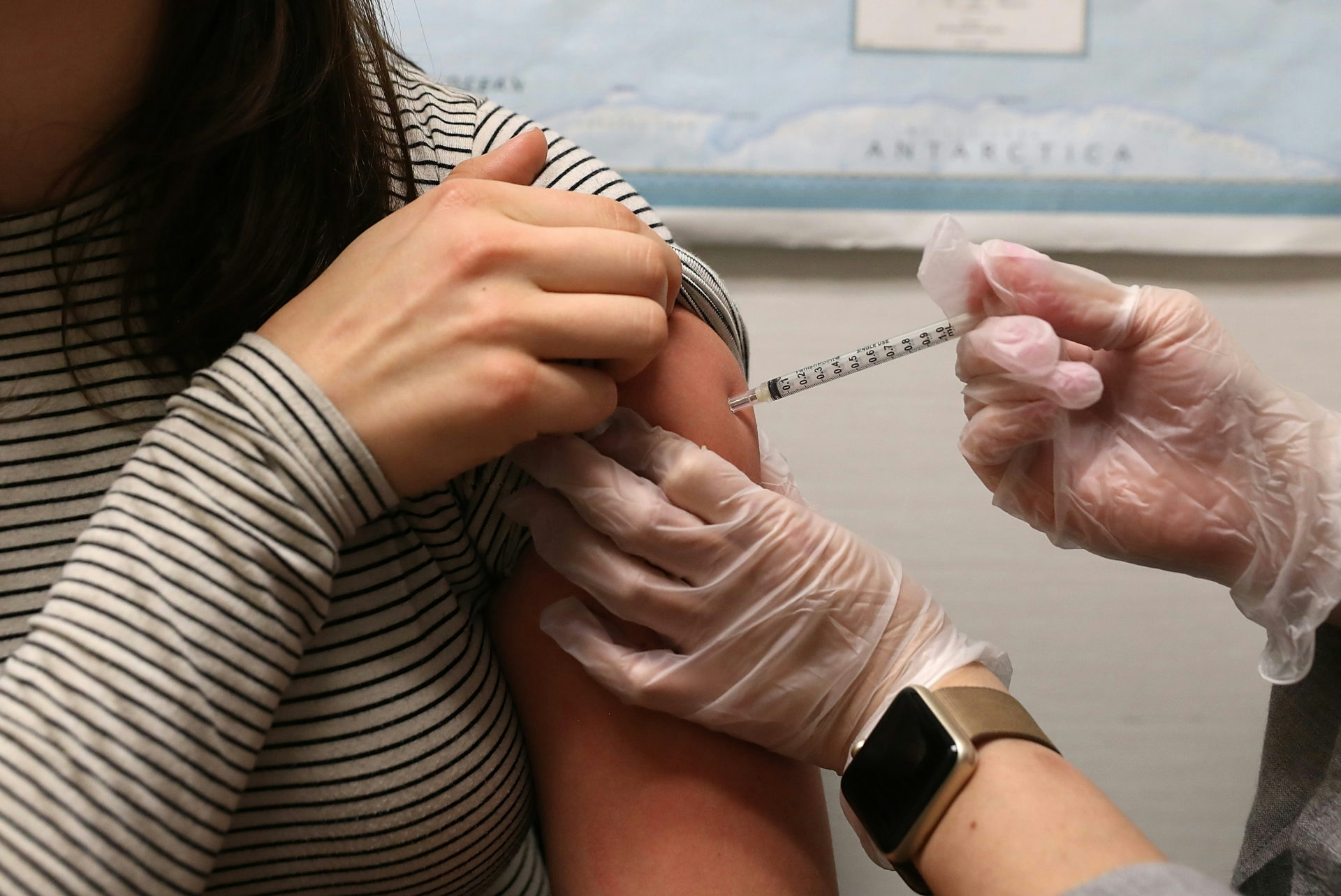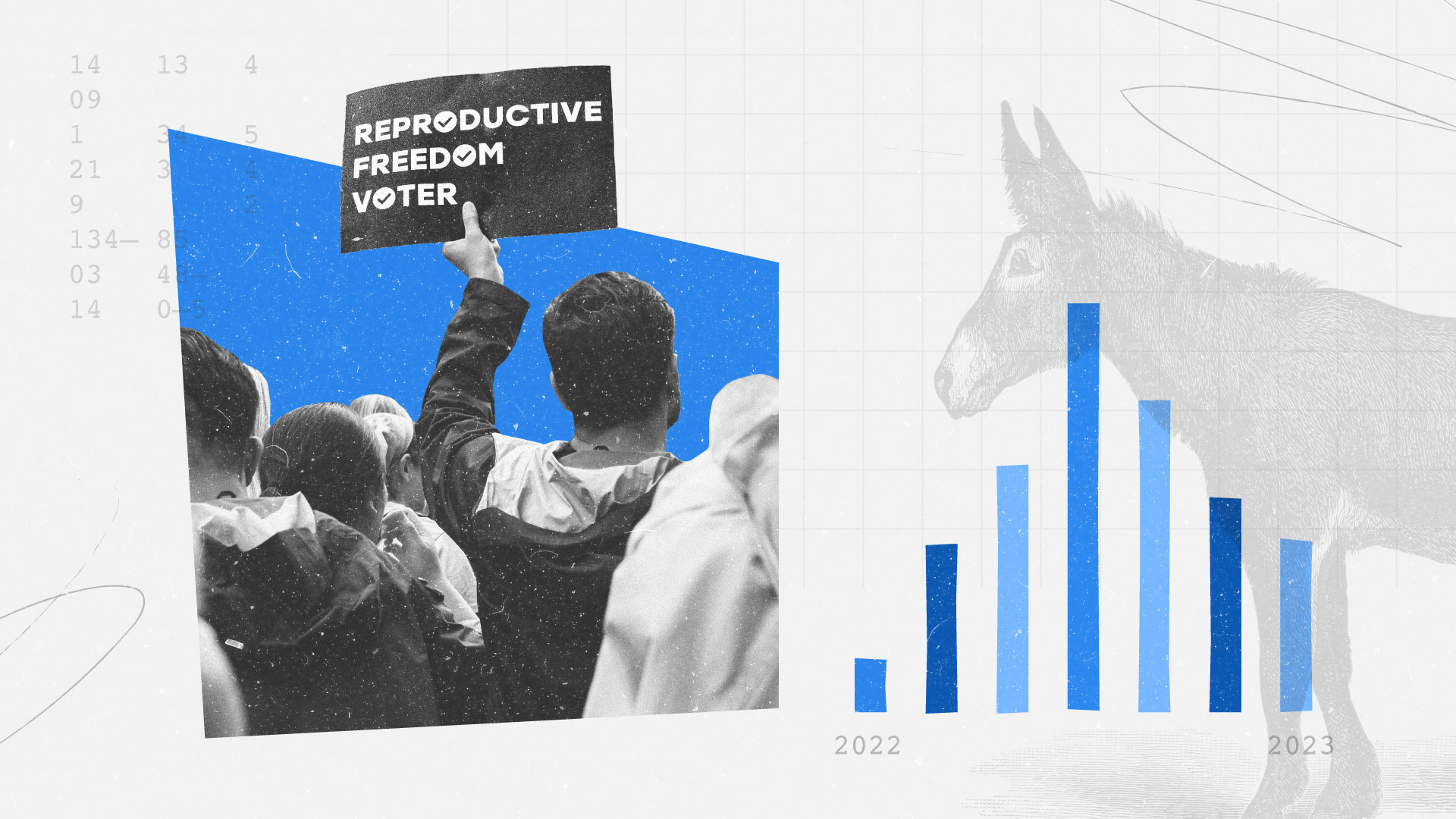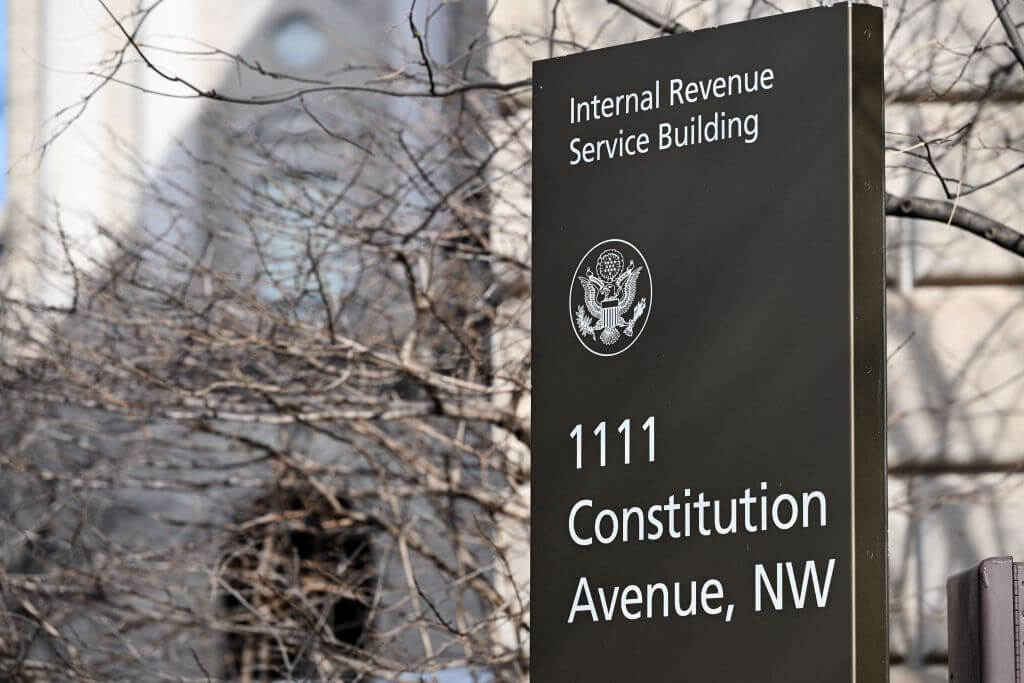Amid Coronavirus Response, Officials Careful Not to Compromise Influenza Efforts

Against the backdrop of the coronavirus outbreak that has captured the full attention of state heads, health experts and drugmakers across the world who are working in concert to contain the infection wreaking havoc across Asia, another quieter, international effort is getting underway: the development of the seasonal influenza vaccine for 2020-21. And this spring, scientists bracing for the standard slate of uncertainties are working to ensure the vital vaccine doesn’t take a backseat in the shadow of a disease outbreak.
Officials tasked with managing and deploying the vaccine say that while the U.S. apparatus for flu immunization is well-established and sufficiently insulated from external activities, they are closely monitoring the outbreak, cautious about predicting the magnitude of the response coronavirus may demand in coming months given what little is known about its epidemiology.
Although the production of the vaccine is a continuous, year-round effort for pharmaceutical companies, the process kicks into high gear Feb. 24, when top officials from five World Health Organization Collaborating Centres for Reference and Research on Influenza meet in Geneva to write recommendations on viruses for inclusion in the upcoming vaccine.
Dave Wentworth, director of the WHO Collaborating Centre for Surveillance, Epidemiology and Control of Influenza in Atlanta, said scientists at the Centers for Disease Control and Prevention’s Influenza Division are in the last stages of compiling datasets on patient samples that have undergone testing all year. After the WHO issues recommendations by a target date of Feb. 28, Wentworth said, a Food and Drug Administration advisory committee will convene March 4 to reach a final decision on strain selection — launching the U.S. manufacturing process for pharmaceutical companies.
“It's a very intense process, and the manufacturers work hard to get it done,” Wentworth said, likening it to a relay race in which the viruses are a baton handed off between the WHO, U.S. health officials, laboratories and manufacturers.
Constant evolution of flu viruses requires updating the composition of the vaccine every year. Despite being a biannual task for global health agencies (once for both the Northern and Southern hemispheres), the cross-continental process for selecting and growing the correct strains, manufacturing vaccines and shipping millions of doses is far from predictable, and it operates on a tight timeline with little forgiveness for error or delay.
Nancy Messonnier, director of the National Center for Immunization and Respiratory Diseases, said though the concurrent focus on influenza and the coronavirus has meant some of the people tasked with the flu vaccine are helping advise the coronavirus response, the agency has a clear sense of priorities. Key personnel on influenza cannot compromise their research on the flu, Wentworth stressed, because “we know influenza causes epidemics among Americans. That is a guarantee.”
Sanofi Pasteur and GlaxoSmithKline PLC, the top manufacturers of the flu vaccine in the United States, are both assessing their roles in the effort to address the coronavirus. GSK is testing the University of Queensland’s “molecular clamp” vaccine platform with its own technology to produce a vaccine candidate for potential use. Julian Ritchey, Sanofi’s head of U.S. vaccines public affairs and patient advocacy, said his company is preparing to announce a new coronavirus initiative within weeks.
“We’re evaluating whether we have technology or skill sets we can contribute to the effort of making a vaccine,” Ritchey said. “We're providing expertise and deep knowledge that we have as a vaccine researcher and manufacturer, but also trying to think of what we might be able to do beyond just offering expertise.”
Both companies stressed that no other operations would be impacted by their efforts on the coronavirus and that they are positioned to move quickly on the flu vaccine upon confirmation about its composition from the WHO and FDA.
The timing of that guidance is significant, Ritchey said — a delay in finalizing the formulation affects Sanofi’s ability to get doses into market in an expeditious manner, as was the case last year, when the WHO’s decision to postpone recommendations to accurately match circulating viruses caused a four-week lag in shipping.
Clement Lewin, Sanofi Pasteur’s associate vice president of research and development strategy, said ongoing evaluation of how Sanofi can contribute on the coronavirus front has brought in every facet of the company, but “all of that is against the backdrop of the responsibility we have for the known issue of flu.”
Adamant to keep the processes distinct, officials and drugmakers contend they are asking important questions within their organizations about how to protect the flu vaccine process from exposure to any vulnerabilities — a challenging task, given the unpredictable trajectory of the coronavirus. Walter Orenstein, director of the Emory-UGA Center of Excellence for Influenza Research and Surveillance, said questions about the challenges of developing both vaccines simultaneously -- including possible research interference, the potential need for separate manufacturing processes and how to manage two mass campaigns (should the coronavirus vaccine become available amid the 2020-21 flu season) -- will need to be reckoned with.
Some of the academic research that goes into vaccines may be skewed by funding mechanisms because of the need to address the emerging threat, Wentworth said. There could be a shift in funding toward the coronavirus, at least in the short term, because the novelty of the strain bars past research from being directly applicable.
In the event the coronavirus poses a risk to Americans come the start of the 2020-21 flu season, by which point there is a near-guarantee a vaccine won’t be available, overcoming vaccine hesitancy and delivering an optimal flu shot to as many Americans as possible will be of paramount importance, especially in helping public health officials distinguish between the two respiratory tract infections. And, experts noted, immunization reduces the number of people seeking treatment and lessens the burden on the health system, as the flu already costs the United States billions annually.
Given the unknown nature of coronavirus — one with “some knowns, known unknowns and a lot of unknown unknowns” — it's difficult to predict the scenario that health officials could be faced with, Lewin said. But they remained steadfast in their confidence the WHO, CDC and FDA can balance both. Likewise, Wentworth said manufacturers' ability to generate a flu vaccine is a “well-oiled vaccine.”
“There is no doubt they take advantage of expertise from across their companies, just as HHS takes expertise from across the globe,” Wentworth said, referencing the U.S. Department of Health and Human Services. “There is an interplay, but they are capable.”
Yusra Murad previously worked at Morning Consult as a reporter covering health.
Related content

As Yoon Visits White House, Public Opinion Headwinds Are Swirling at Home

The Salience of Abortion Rights, Which Helped Democrats Mightily in 2022, Has Started to Fade
